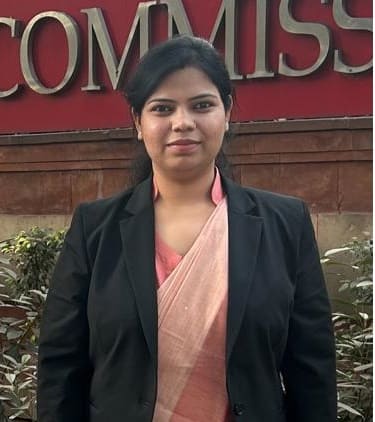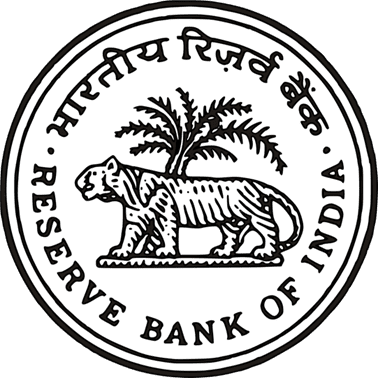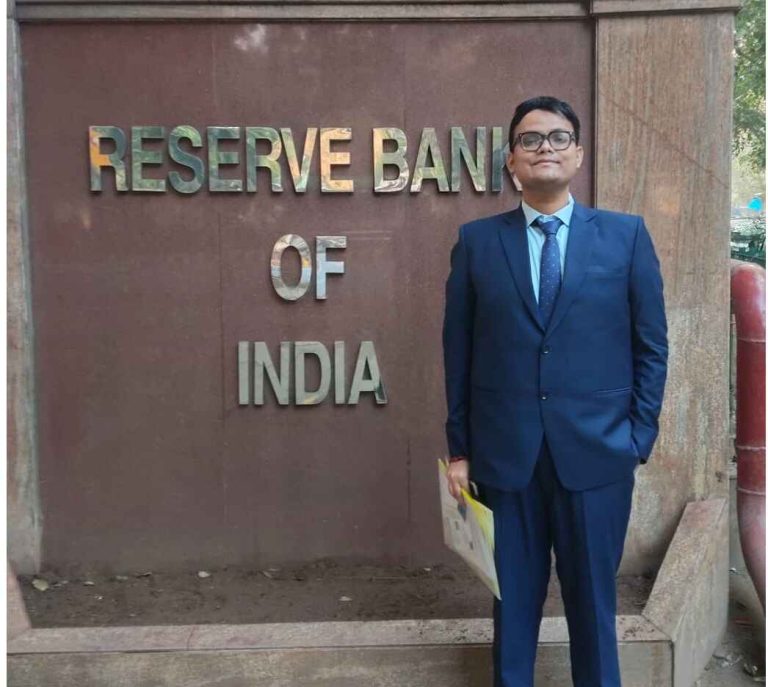My name is Anamika. I have qualified the RBI DEPR 2023 Exam and in this blog post, I am sharing my Interview transcript with you.
Background: I have completed B.A.(H) Economics (2012) from Kamla Nehru College, University of Delhi ; MA Economics from Kurukshetra University (2014) and PhD (2023) from JNU.
Date of Interview: 08/01/2024
Duration : ~20 min
Ch: Asked about my hometown and University from where I did my PhD, no. of attempts at RBI Grade B DEPR Exam.
Ch : In which year, did you complete your graduation?
Ch: That’s a long time back !
M1: What IMF said about India, recently?
Me: 1. RBI’s forex interventions
- IMF’s India debt projection that India’s public debt could surpass 100% of its GDP by 2027-28
M1: What term did IMF use for India’s exchange rate?
Me: Stabilised Arrangement
M1: Can you explain it a bit ?
Me: IMF reclassifies India’s exchange rate regime to ‘Stabilised Arrangement’ due to RBI’s forex interventions.
F1: Define micro enterprises? On which portal, MSMEs get registered?
Me: A firm is said to be ‘micro’ enterprise if its Net investment in plant and machinery or equipment up to Rs.1 crore and net turnover ≤ Rs.5 crores. MSMEs registered on Udyam portal operated by M/o MSME.
F1: What steps govt has taken to encourage MSMEs to get registered?
Me: Listed few schemes- subsidy and incentive based schemes.
F1: Why RBI does surveys? How is it helpful for RBI to make predictions?
Me: RBI does surveys for forecasting inflation etc. These predictions helps RBI to make effective monetary policy and inflation targeting.
F1: What surveys are conducted by RBI?
Me: Household survey for inflation (I was able to recall this one only).
F1: What else?
Me: Sorry ma’am; I am unable to recollect at this time.
F1: Which data have you used- primary or secondary in your Ph.D. thesis work?
Me: both primary as well as secondary data.
F1: Which sources have you used for secondary data? Why both secondary and primary data?
Me: 62nd and 73rd NSS rounds enterprises level data and conducted primary survey as well. As per the need of my research questions, I required analysis of both primary as well as secondary data.
F1: Why not only primary survey for your PhD?
Me: To prepare the base for primary survey like selection of area or district of conducting primary survey and commodity for which data had to be collected, I had to analyse the secondary data.
F1: How you collected data?
Me: Using purposive sampling (questionnaire and personal interviews), further explained.
F1: How you selected the area for your primary survey?
Me: Analysing 73rd round of NSS in which I arranged enterprises as per their GVA in ascending order to select the targeted enterprise for the primary survey.
M1: Difference between ordinary least square and instrumental variables?
ME: (I knew both very well. But in that pressure moment, I could not phrase it well. I spoke something like this : ) The ordinary least squares (OLS) method can be defined as a linear regression technique that is used to estimate the unknown parameters in a model. An instrumental variable is defined as a variable that is correlated with the independent variable and uncorrelated with the “error term” in the linear equation. is a vector. IV use to predict the value of endogenous variable in the regression model.
M1: Which data used in forecasting- cross sectional or time series?
Me: Time series data.
M1: Define Nowcasting?
Me: Nowcasting is the prediction of the very recent, the present, and the very near future state of an economic indicator. Eg: GDP
M2: What do you understand by rupee falling?
Me: I explained it through NEER definition.
Rupee falling defined as when the value of domestic currency falls against weighted average of its partner currency value.
M2: Should RBI favour rupee depreciation or not?
RBI does favour rupee depreciation but not excessive depreciation.
M2: Is appreciation of rupee good or bad? Rising rupee good or bad?
Me: Rising rupee has both good and bad impacts like rising rupee is good as it leads to capital inflow, strengthen market, boost investors’ confidence, boost economy
But rising rupee also has some negative aspects like it discourage exports and tourism.
The final conclusion depends on which impact is more visible in an economy.
M3: Does real sector impact monetary sector?
Me: Yes
M3: How?
Me: Explained recent China’s crisis.
M4: What is monetary policy transmission?
Me: It is the process of transmitting repo rate into lending rate to make monetary policy effective.
M4: Is only lending rate targeted in this transmission?
Me: There might me other rates as well but I’m not thorough with it right now.
Ch- Thank you, Anamika, your interview is over. You may go now.
Me: Thanked everyone and left the room.
Note : Anamika was enrolled RBI DEPR (Phase-1) Test Series and Free Interview Guidance Programme, with Testonomics, for RBI DEPR 2023 Exam preparation !





